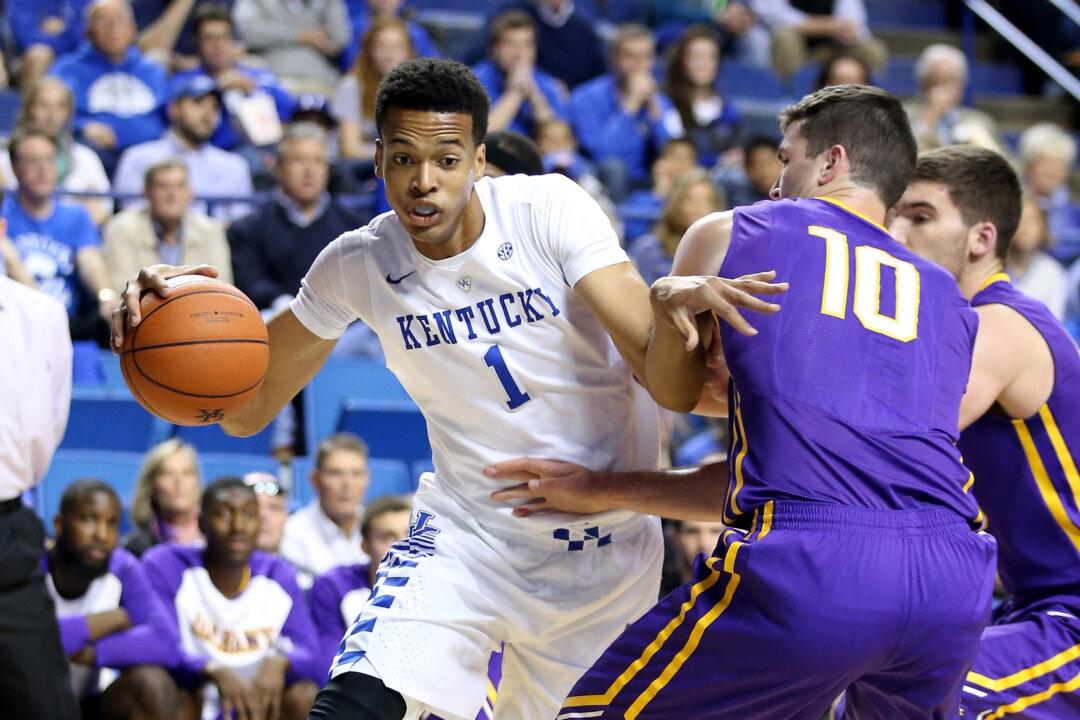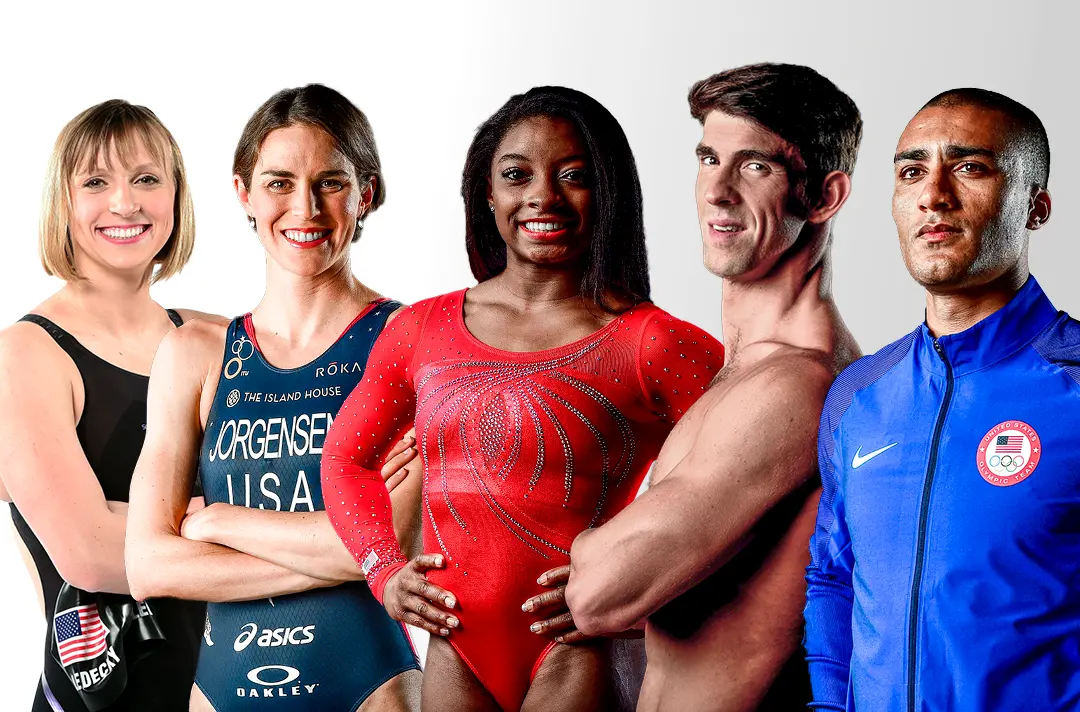Tuesday night’s Champions Classic, an annual event featuring NCAA powerhouses Kentucky, Duke, Kansas, and Michigan State is usually college basketball’s most star-studded event of the year—even more so than the Final Four.
Although these programs annually bring in the best recruiting classes—save for the Spartans who do well with veteran teams—their rosters are usually bottom heavy with freshman stars.
Take last year’s event as an example. Between the four juggernauts, eight players left after just one season—seven were selected in the top 24 picks of last June’s NBA Draft. (Cliff Alexander of Kansas left after one year but went un-drafted, though he’s caught on with Portland.)
Currently, two of these youngsters are already shining in the pros. First overall pick Karl-Anthony Towns is averaging a double-double for Minnesota while Jahlil Okafor is putting up 19.2 points a night for Philadelphia.
It’s not a stretch to think that these two big men could have made an impact last year as well—straight out of high school. But of course, the NBA doesn’t allow players to enter the draft until they’re 19 years old—a rule instituted ahead of the 2006 draft.





